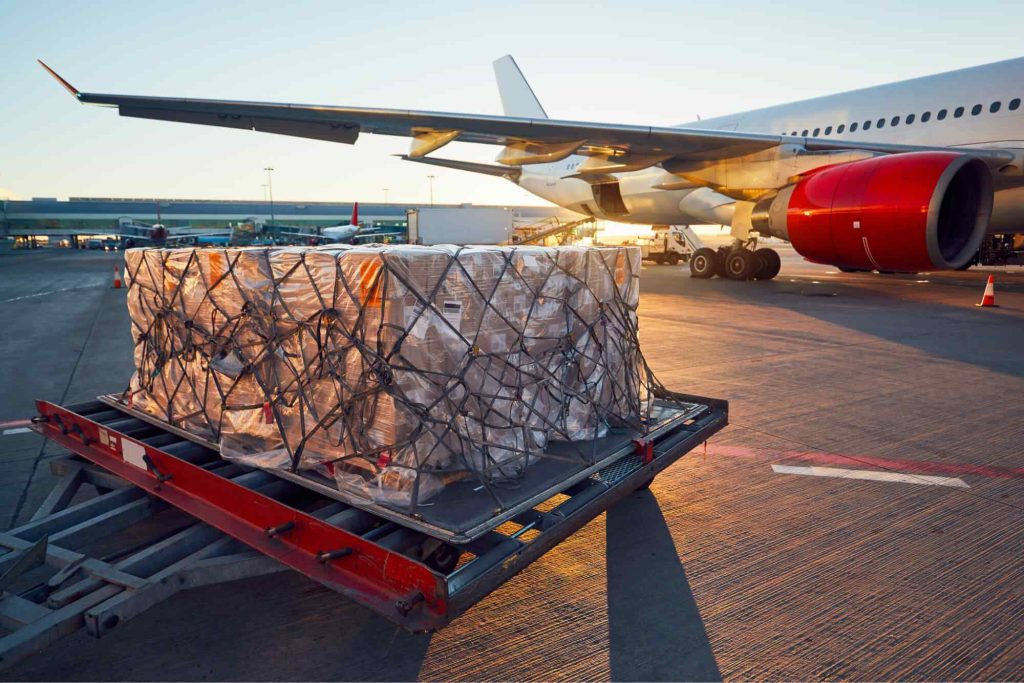Thrust ball bearings are designed to handle axial loads, meaning they support forces that are parallel to the shaft. Typically, these bearings consist of two races and a ball set, with one race being stationary and the other rotating.
1. Product Description
Thrust ball bearings are designed to handle axial loads, meaning they support forces that are parallel to the shaft. Typically, these bearings consist of two races and a ball set, with one race being stationary and the other rotating. Locus Thrust Ball Bearings, manufactured by Adarsh Bearings Pvt. Ltd., are durable, high-quality bearings designed to handle moderate to heavy axial loads in a range of industrial and automotive applications.
2. Specifications
Feature | Specification |
Bearing Type | Thrust Ball Bearing |
Material | Chrome Steel, Stainless Steel, Ceramic |
Seals | Rubber Seals, Metal Shields |
Load Type | Axial Load (Single Direction) |
Lubrication | Grease or Oil (depending on the application) |
Temperature Range | -30°C to +150°C |
Bearing Number | Customizable (depends on dimensions) |
Speed Limit | Up to 1,500 RPM (depends on size and load) |
Working Pressure | Up to 20 MPa (depending on application) |
Noise Level | Low noise, smooth operation |
3. Working
Thrust ball bearings are designed to support axial loads only. They have a series of balls placed between two raceways. The load is transmitted through the balls, and the races keep them in place, allowing rotation while maintaining smooth motion. The load is distributed evenly across the bearing’s surface, ensuring efficient energy transfer with minimal friction and wear.
4. Principle
The principle of the thrust ball bearing is based on the support of axial loads through the rolling balls between two races (one stationary and one rotating). The bearing’s primary function is to manage axial stress and maintain rotational efficiency by reducing friction, preventing metal-to-metal contact, and facilitating smooth rotation under heavy loads.
5. Assembly
The assembly of thrust ball bearings involves the following steps:
6. Installation Process
7. Technical Specifications
Specification | Details |
Material | Chrome Steel, Stainless Steel, Ceramic |
Ball Size | Customizable (Depending on the bearing type) |
Load Rating | High Axial Load Capacity |
Speed Limit | Up to 1,500 RPM (depends on size) |
Max Temperature | 150°C |
Lubrication | Grease or Oil (depending on application) |
Sealing | Rubber Seals or Metal Shields |
Precision Grade | P0, P6, P5 (depending on requirement) |
8. Troubleshooting
Problem | Possible Cause | Solution |
Excessive Noise | Lack of lubrication or contamination | Check and replace the lubricant or clean the bearing. |
Overheating | High load or insufficient lubrication | Reduce load or improve lubrication. |
Binding or Sticking | Misalignment or contamination | Check for misalignment or clean the bearing. |
Vibration | Unbalanced load or damaged raceways | Check for proper alignment and inspect for damage. |
Premature Wear | Overload or poor quality material | Check the load specifications and use better materials. |
9. HS Codes
10. Frequently Asked Questions (FAQ)
Q1: What is a thrust ball bearing used for?
A: Thrust ball bearings are used to support axial loads in applications such as automotive, industrial machinery, and aerospace.
Q2: Can thrust ball bearings support radial loads?
A: No, thrust ball bearings are designed specifically for axial loads and should not be used for radial load applications.
Q3: What is the maximum speed a thrust ball bearing can handle?
A: Typically, thrust ball bearings can handle speeds up to 1,500 RPM, depending on the bearing size and load capacity.
Q4: What types of lubrication can be used with thrust ball bearings?
A: Both grease and oil lubrication can be used, depending on the application requirements.
Q5: How long will a thrust ball bearing last?
A: With proper maintenance and lubrication, a thrust ball bearing can last for several years, depending on the load and operational conditions.
11. Applications
Marine: Shaft supports and thrust systems in marine engines.
Locus International Export – Delivering precision-engineered solutions worldwide. Trusted for quality, reliability, and seamless global trade.
Lorem ipsum dolor sit amet, consectetur adipiscing elit. Ut elit tellus, luctus nec ullamcorper mattis, pulvinar dapibus leo.





